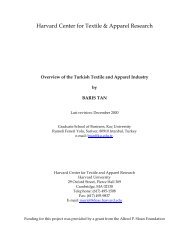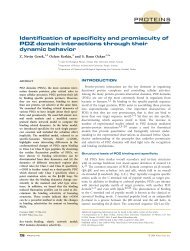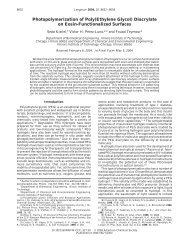Roman Landholding in Asia Minor Author(s): Thomas Robert ...
Roman Landholding in Asia Minor Author(s): Thomas Robert ...
Roman Landholding in Asia Minor Author(s): Thomas Robert ...
Create successful ePaper yourself
Turn your PDF publications into a flip-book with our unique Google optimized e-Paper software.
Vol. lxv]<br />
<strong>Roman</strong> <strong>Landhold<strong>in</strong>g</strong> <strong>in</strong> <strong>Asia</strong> M<strong>in</strong>or 207<br />
XII.--<strong>Roman</strong> <strong>Landhold<strong>in</strong>g</strong> <strong>in</strong> <strong>Asia</strong> M<strong>in</strong>or<br />
THOMAS ROBERT SHANNON BROUGHTON<br />
BRYN MAWR COLLEGE<br />
Accord<strong>in</strong>g to the usual explanation the imperial estates of <strong>Asia</strong> M<strong>in</strong>or were<br />
derived <strong>in</strong> large part directly from crown or temple lands. In this article a<br />
study of the evidence by regions and periods leads to the conclusion that <strong>in</strong><br />
all parts of <strong>Asia</strong> M<strong>in</strong>or, and particularly <strong>in</strong> the prov<strong>in</strong>ces acquired under the<br />
republic, the development of the estates was <strong>in</strong> general more <strong>in</strong>direct and<br />
complicated and more gradual than this explanation allows, and that a<br />
large portion of the imperial land orig<strong>in</strong>ated <strong>in</strong> <strong>Roman</strong> and native private<br />
estates which came to the emperors by confiscation and <strong>in</strong>heritance.<br />
The accepted explanation1 of the development of the large<br />
imperial estates <strong>in</strong> <strong>Asia</strong> M<strong>in</strong>or has derived them very naturally<br />
and plausibly from the personal and crown lands of the Hellen-<br />
istic k<strong>in</strong>gs, with their villages of serfs and their semi-feudal<br />
military and noble possessors, and from the numerous temple-<br />
territories with their population of serfs. Accord<strong>in</strong>g to this<br />
explanation the <strong>Roman</strong>s declared the lands which had been<br />
<strong>in</strong> the possession of the k<strong>in</strong>gs, both the personal and the crown<br />
property, to be public land of Rome, and followed the k<strong>in</strong>gs'<br />
example <strong>in</strong> despoil<strong>in</strong>g the temples; <strong>in</strong> <strong>Asia</strong> and Bithynia the<br />
extensive public lands which resulted were annexed by Antony,<br />
along with the proceeds of the proscriptions; the whole then<br />
passed to Augustus, and with the later additions of the royal<br />
lands of Galatia, Paphlagonia, and Cappadocia, formed the<br />
basis of the large and numerous imperial doma<strong>in</strong>s of the late<br />
second and third centuries A.D. This theory presents a direct<br />
1 W. M. Ramsay, Historical Geography of <strong>Asia</strong> M<strong>in</strong>or (H.G.) (London, John<br />
Murray, 1890), 178-182; Cities and Bishoprics of Phrygia (Oxford, Clarendon,<br />
1895-1897) (C.B.) i, 1, 275-339; Studies <strong>in</strong> the Eastern <strong>Roman</strong> Prov<strong>in</strong>ces (Aber-<br />
deen University Studies xx, 1906 (E.R.P.), 305-377; M. I. Rostovtzeff, "Ge-<br />
schichte des rbmischen Kolonats," Archiv fur Papyrusforschung, Beiheft 1<br />
(1910), (Kol.), 240-312; Social and Economic History of the <strong>Roman</strong> Empire<br />
(Italian edition, Firenze, La Nuova Italia, 1933) (S.E.H.), esp. 299-306; cf.<br />
also Kornemann, s.v. Domdnen, P.-W. Supplb. iv, 227-268, where other literature<br />
is cited.





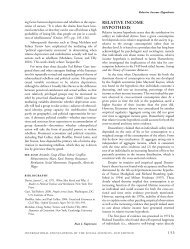

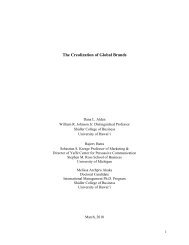

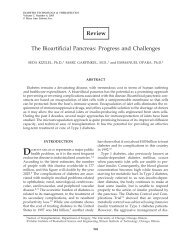
![]_[O](https://img.yumpu.com/10363126/1/190x138/-o.jpg?quality=85)
